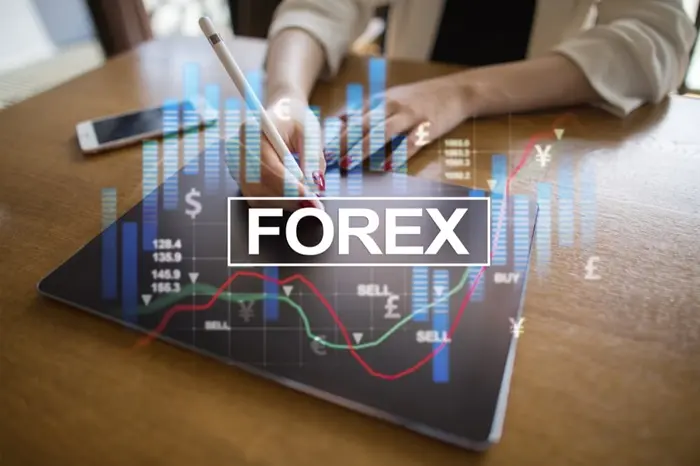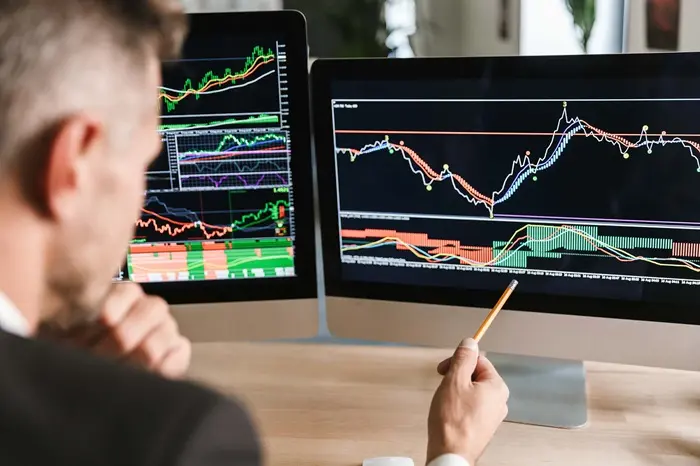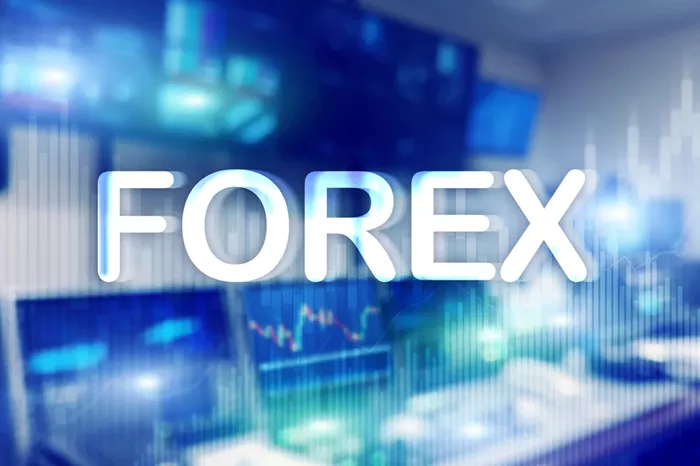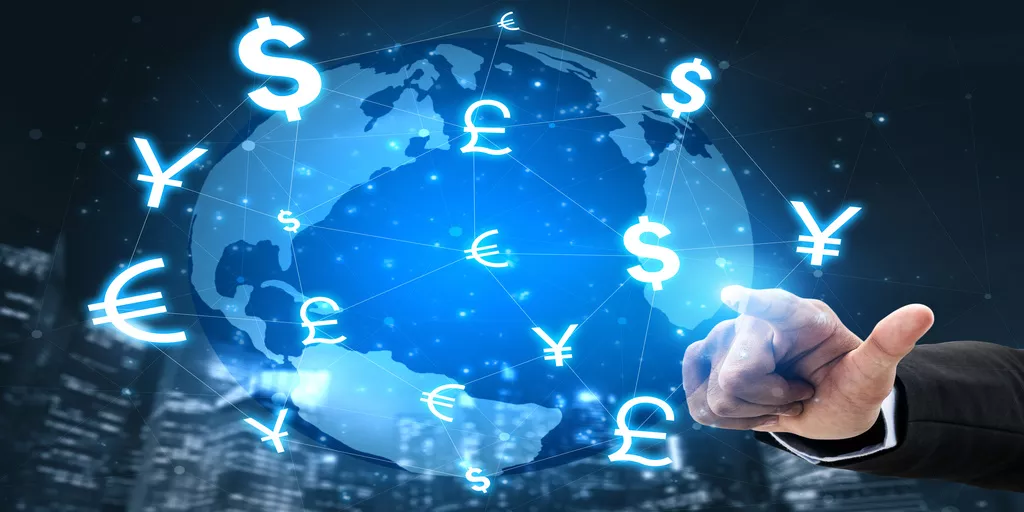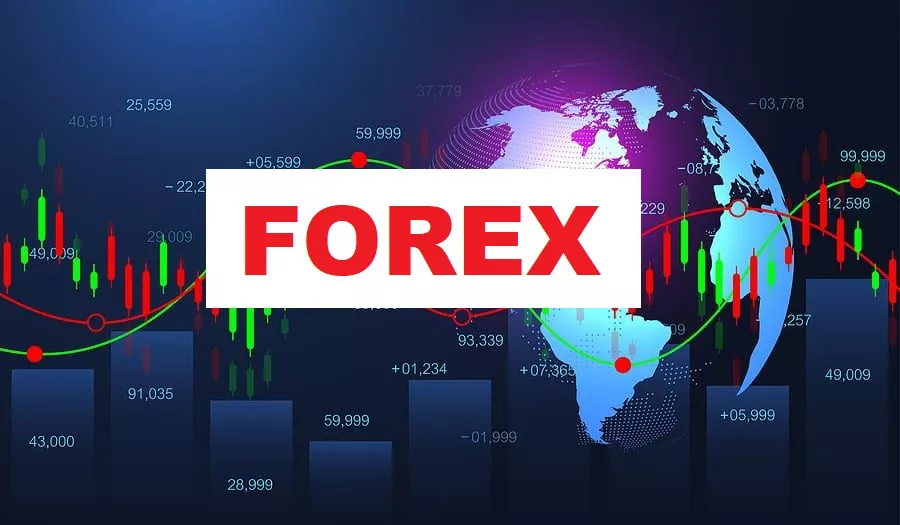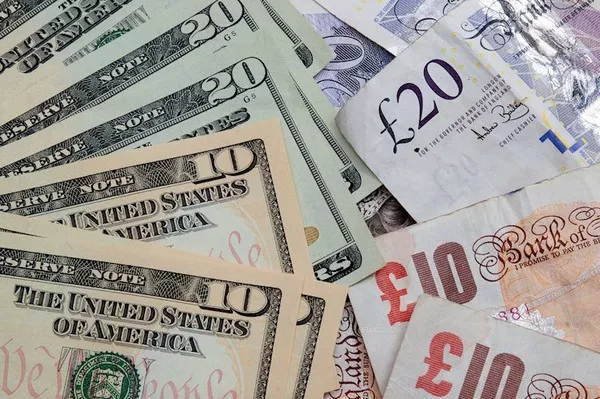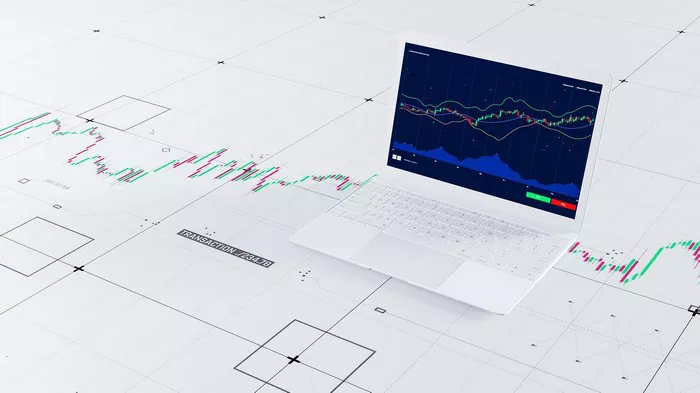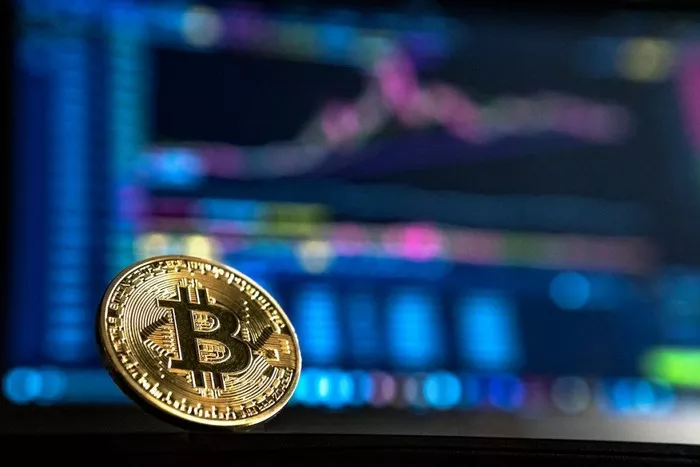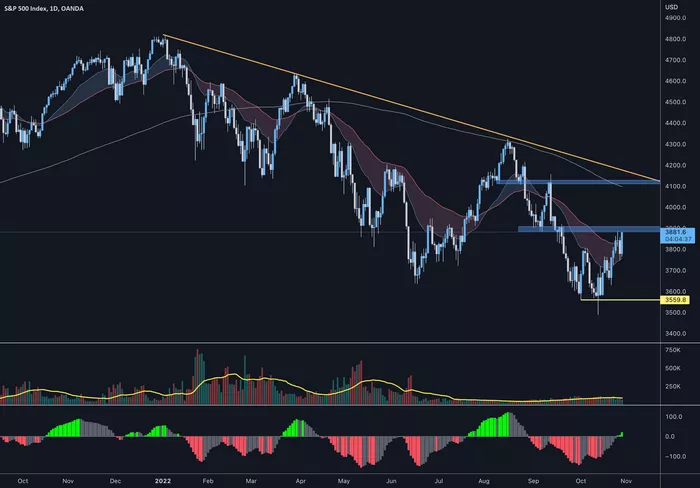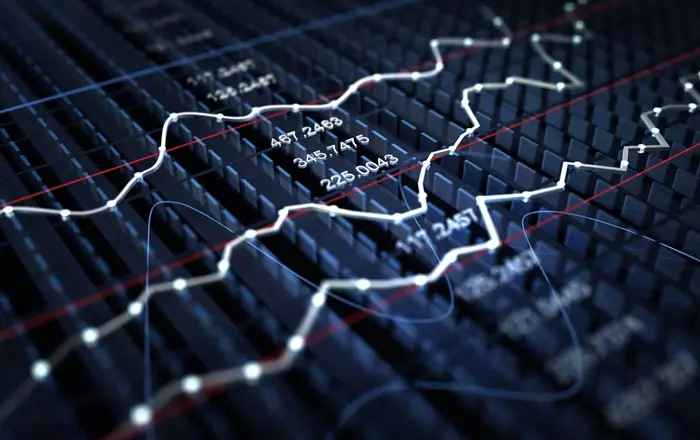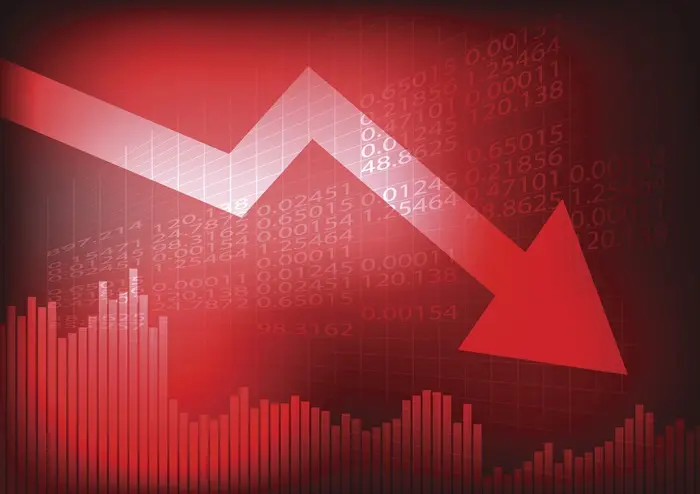The foreign exchange market (Forex Market), also known as the foreign exchange trading market, is the world’s largest financial market, with a daily trading volume of more than 7 trillion US dollars. It not only provides a place for global central banks, institutional investors and international companies to exchange currencies, but also provides individual investors with opportunities to make money.
For novices and those who want to enter the field of foreign exchange, “how to make money in foreign exchange” is a common question. This article will systematically introduce how to make money through foreign exchange trading in an easy-to-understand, objective and professional way.
What is foreign exchange trading?
Foreign exchange trading refers to the process of exchanging one currency for another. For example, exchanging US dollars for euros, or exchanging Japanese yen for British pounds. Transactions are always carried out in the form of “currency pairs”, such as EUR/USD, USD/JPY, GBP/USD, etc.
In the foreign exchange market, investors make a profit from the spread by predicting the rise and fall of currency prices.
Basics of Forex Trading
How does the Forex market work?
The Forex market is a decentralized market with no centralized exchange. Trading is done through a global network of banks, trading platforms, and brokers. The market operates 24 hours a day, starting with the opening of the Asian market on Monday and ending with the close of the New York market on Friday.
Main trading sessions:
Asian Session (Tokyo): 7am to 4pm Beijing time
European Session (London): 3pm to 12am Beijing time
American Session (New York): 8pm to 5am Beijing time
Who are the participants in Forex trading?
There are many types of participants in the Forex market:
Central banks: manage national monetary policies
Commercial banks and investment banks: provide large foreign exchange services
Multinational corporations: settle transactions or hedge currency risks
Hedge funds and asset managers: engage in large-scale speculation
Retail traders (individuals): participate in the market through trading platforms
How to make money in the foreign exchange market
1. Learn the basics
Before you can make money, you must first understand some basics. This includes:
The structure of currency pairs (for example, in EUR/USD, EUR is the base currency and USD is the quote currency)
The concept of spread and spread
The use of leverage and margin
The mechanism of buying and selling
Only by mastering these basics can you understand market fluctuations and make trading decisions.
2. Choose the right trading platform and broker
Successful trading requires a stable, secure and regulated trading platform. When choosing a broker, you should pay attention to the following points:
Regulatory license: such as UK FCA, Australian ASIC, US NFA, etc.
Transaction costs: including spreads, commissions, overnight interest, etc.
Trading platform functions: such as MetaTrader 4/5, cTrader, etc.
Deposit and withdrawal methods and speed
Customer service support and educational resources
A compliant trading platform will provide you with a fairer and more transparent trading environment.
3. Learn technical analysis and chart interpretation
Foreign exchange price trends can be predicted through technical chart analysis.
Common chart types:
K-line chart: displays the opening, closing, highest and lowest prices
Line chart: suitable for long-term observation
Bar chart: similar to K-line
Common technical indicators:
Moving average (MA)
Relative strength index (RSI)
Stochastic indicator
Machine convergence divergence (MACD)
Bollinger band
Investors can use these indicators to identify trends, overbought and oversold conditions, and entry and exit signals.
4. Understand fundamental analysis
The foreign exchange market is not only affected by technical factors, but also driven by economic fundamentals.
Key influencing factors:
Interest rate decisions: currencies with high interest rates are more attractive
GDP and employment data: reflect the health of the country’s economy
Inflation data (such as CPI, PPI): affect central bank policy
Political stability: political turmoil can lead to currency depreciation
Geopolitical risks: war, natural disasters, economic sanctions, etc.
By paying attention to these macro data, you can more accurately predict the direction of the market.
5. Use trading strategies
To make stable profits, you must have your own trading strategy. Common strategies include:
Trend following strategy
This strategy is suitable for capturing medium- and long-term price trends. Use techniques such as moving average crossovers and breaking through previous highs/lows as entry signals.
Range trading strategy
Sell high and buy low within the price fluctuation range. Suitable for volatile markets.
Momentum trading strategy
Use short-term price momentum trading to judge the strength of the trend through indicators such as RSI and MACD.
News trading strategy
Quickly trade before and after major news or data releases. High risk, high return, suitable for experts.
6. Risk control
Trading without strict risk control will eventually lead to losses.
Common risk management methods:
The risk of each transaction does not exceed 1%-2% of the account balance
Set stop loss to prevent major losses
Set take profit to ensure profit
Use diversified investment to avoid “betting” on a certain currency pair
At the same time, avoid high-risk behaviors such as “heavy positions” and “counter-trend positions”.
7. Make a trading plan
A complete trading plan includes:
Daily trading time
Acceptable maximum loss and expected profit
Entry and exit conditions
Strategies and technical indicators used
Trading log (record each transaction and reflect on the reasons)
Strict implementation of the trading plan is the core of profit.
8. Maintain a stable trading mentality
Trading is not only a technical game, but also a psychological battle.
Common psychological traps:
Greed: wanting to make more money but losing control
Fear: fear of loss leads to missed opportunities
Revenge trading: blindly chasing orders due to losses
Overconfidence: ignoring risks after multiple profits
Excellent traders should remain calm, analyze rationally, and not be affected by emotions.
9. Persist in long-term learning and practice
Foreign exchange trading is not about getting rich overnight, but long-term accumulation.
Suggestions:
Read authoritative books, such as “Japanese K-line Technology” and “Trading Psychology”, etc.
Follow professional foreign exchange information websites
Watch trading video courses
Participate in simulated trading (Demo Account) to accumulate experience
Ask experienced traders for advice
The combination of learning and actual combat is the only way to make a profit.
Common mistakes to avoid in foreign exchange trading
Not setting stop loss
Overtrading
Not understanding the principle of leverage, blindly adding leverage
Ignoring fundamentals and trading only on intuition
Treating foreign exchange as gambling
Avoiding these mistakes can greatly increase the success rate of transactions.
How long does it take to become a stable and profitable foreign exchange trader?
There is no standard answer. Most people need 1-3 years of continuous learning, trial and error, and experience accumulation. The key to success is:
Continuous learning
Persistent execution of strategies
Objectively evaluate results
Adjust optimization plan
Like any skill, mastering foreign exchange trading requires time, patience and practice.
Conclusion
The foreign exchange market provides huge opportunities to make money, but it also hides corresponding risks. To really make money in foreign exchange, you need systematic knowledge, mature strategies, strict risk management and a good trading mentality.
Foreign exchange trading is not a game of huge profits, but a contest of rationality and discipline. If you are willing to invest time in learning, constantly optimize your methods and persist in the long run, then you have the potential to become a stable and profitable foreign exchange trader.
Remember: controlling risk and continuous learning are the keys to going further in the foreign exchange market.

